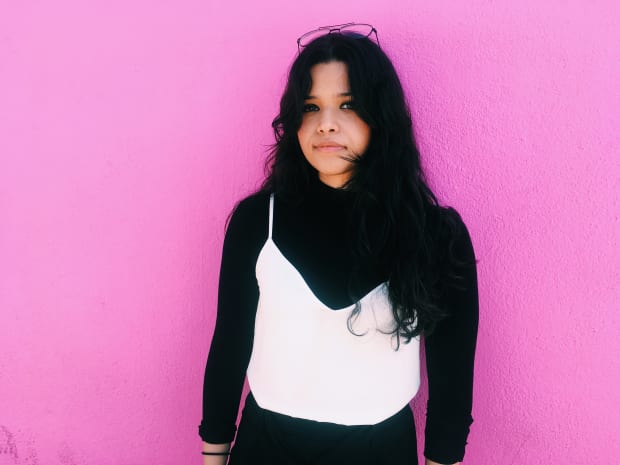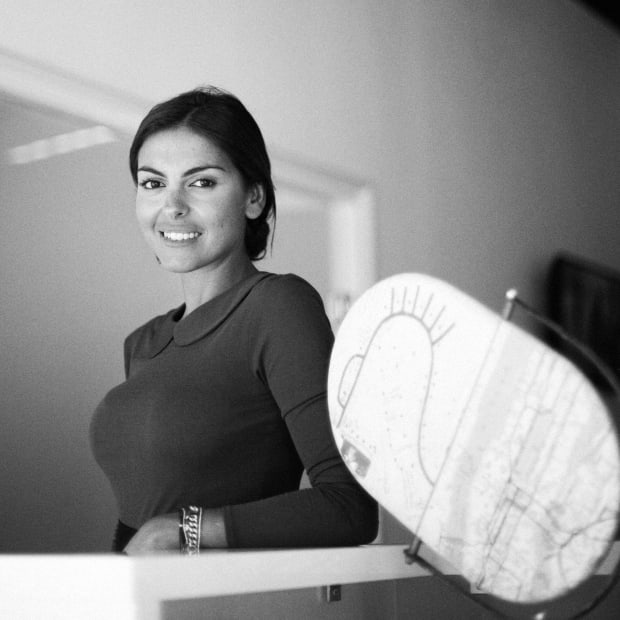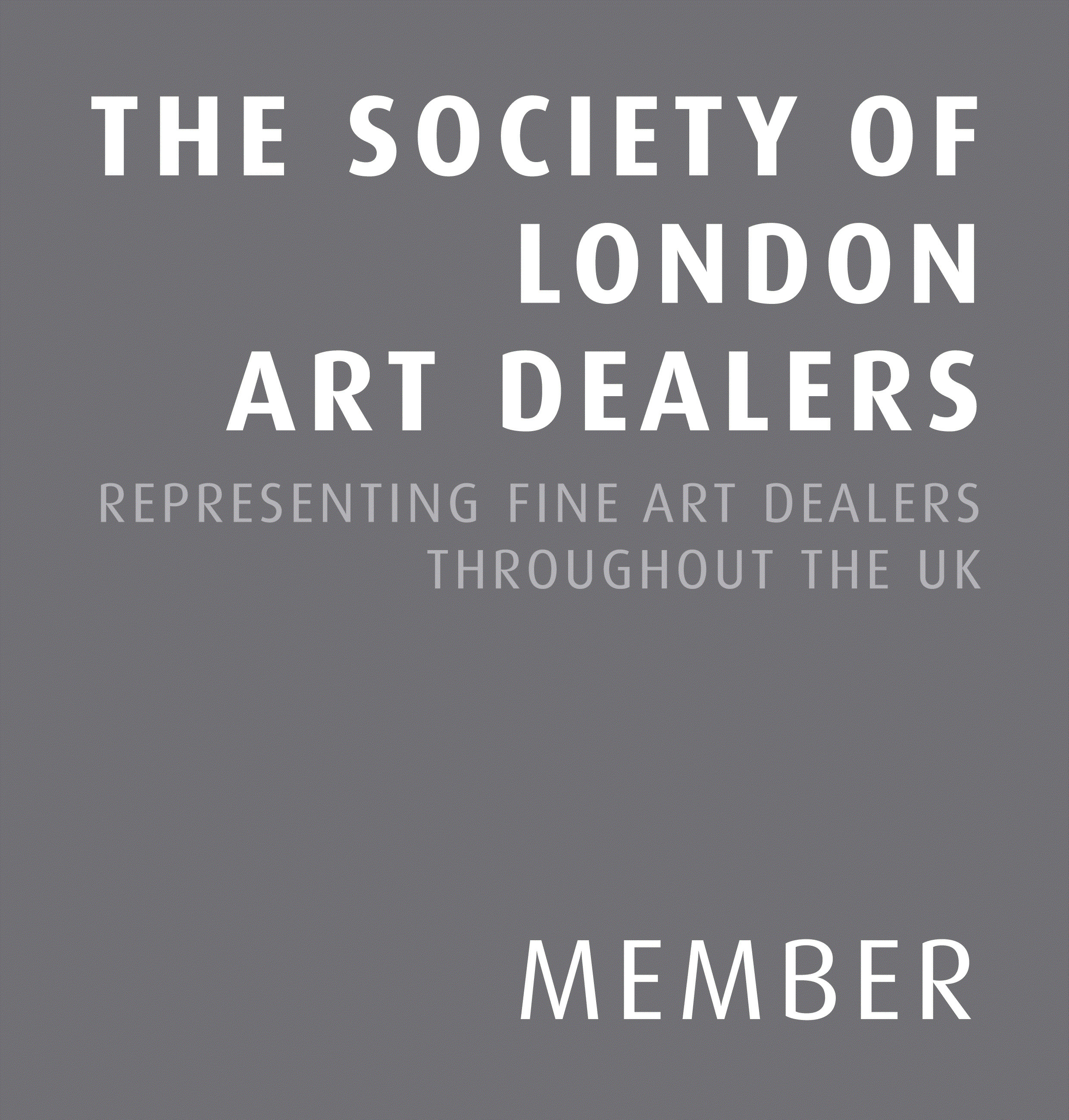Gazelli Art House is delighted to announce its inaugural participation in Asia NOW with a three-person presentation of works by Agil Abdullayev (b. 1993), Nouf Aljowaysir (b. 1993), and Aida Mahmudova (b. 1982).
-
-

-
Agil Abdullayev continues an ongoing investigation into identity, intimacy, and the social and cultural frameworks that shape them. Since 2019, Abdullayev has developed a practice that draws upon personal experience while speaking to broader questions of gender, visibility, and belonging. In their latest series, Agil Abdullayev explores themes of memory,identity, and intimacy through vivid, emotionally charged paintings. Portraying the self, family, friends, and lovers, Abdullayev returns to a familiar site in Azerbaijan: the park where they grew up. Once a place of childhood innocence, the park becomes a shifting stage for personal history, desire, and quiet acts of resistance.Their compositions balance figuration and abstraction, using fluid forms, bold colour, and an intentional withholding of detail to create open-ended spaces for reflection. Characters and settings remain deliberately indistinct, allowing viewers to project their own associations and memories. Abdullayev reframes traditional narratives of masculinity and challenges taboos around alternative expressions of love and identity within conservative contexts.
-
-

-
Nouf Aljowaysir’s Ceremonial Ancestors (2025) is a new iteration of her ongoing series, developed from her Salaf (meaning ancestor in Arabic) project, which uses AI to interrogate colonial-era photographic archives.
For this iteration, rather than photographs of human subjects, Aljowaysir turns her attention to images of African sculptures and artefacts. Drawing from the online Ross Archive of African Images at Yale University Art Gallery, the work comprises wall-mounted terracotta-coloured tablets with laser-etched imagery on their face, and an accompanying short video. By using AI tools to erase and reconfigure figures drawn from historically biased datasets, Aljowaysir transforms absence into a form of resistance, inviting reflection on the persistence of orientalist narratives within digital and historical records.
-
 Nouf Aljowaysir, Ancestral Seeds (Ross Archive of African Images, Yale University Art Gallery) 4, 2025
Nouf Aljowaysir, Ancestral Seeds (Ross Archive of African Images, Yale University Art Gallery) 4, 2025
-
Salaf is a critical AI art project by Nouf Aljowaysir that interrogates how colonial legacies are encoded in both visual archives and emerging technologies.
-
Using U-2 Net, an image segmentation model that partitions a digital image into multiple segments, Aljowaysir erased the ‘oriental’ stereotypical figures in her historical archives, creating an “absent” dataset. She then trained StyleGAN2 (and later, StyleGAN3), a generative AI model on this new dataset, outputting images signifying the eradication of her ancestor’s collective memory. At its core, Salaf critiques how AI technologies inherit and amplify historical bias. Aljowaysir’s process exposes how veiled women are misidentified, how traditional garments are interpreted as military attire, and how Arab subjects are misclassified by computer vision models trained on predominantly Western datasets. By turning AI toward the past rather than the future, she transforms technological failure into a site of resistance, reclaiming space for alternative narratives and confronting the flawed foundations of so-called “intelligent” systems.
-
-

-
It’s the artist and the medium. The never-ending relationship between me and the other resembles perpetual conversation. It takes full involvement from both sides. The act itself is the purest form of creation. This, in turn, gives you a unique opportunity to engage in authentic and unguarded communication with unfolding perspectives. It connects and unites us in the moment of now, giving versatile, unpredictable and beautiful outcomes.
— Aida Mahmudova —
The sculptural pieces from the Untitled Series (2025) are the culmination of the artist’s ongoing experimental laboratory with ceramic, glass, and natural stone.
-
-
The ceramics feature handmade glazes composed of locally sourced Azerbaijani materials-including oil, ash, seashells, sand, clay, and stone-resulting in a process that is both grounded in the landscape and singular in form. Mirroring the allure and tactile quality of the glazes, the glass elements are blown to emphasize porosity, surface texture, and the presence of air bubbles-evoking the same material sensitivity found in the glazes themselves. In this way, the glass becomes an extension of the ceramic surface, echoing its texture in a more fragile form. Drawing inspiration from cairns-stone markers composed of vertically stacked, pillar-like stones that historically served as funerary, commemorative, memorial, and guiding landmarks- the artist reimagines these ritualistic forms as personal repositories of memory. These vernacular structures channel the momentum of time and serve as navigational stones for the artist herself, mapping an intimate and symbolic terrain.
-
Together, Abdullayev, Aljowaysir, and Mahmudova present distinct but resonant practices: one excavating memory and place through material and form,another confronting algorithmic systems and inherited biases in digital archives, and a third reframing narratives of identity and intimacy through painting. Their works foreground questions of belonging, erasure, and resilience — central themes within Gazelli Art House’s programme, bridging contemporary practice across regions and generations.
-















